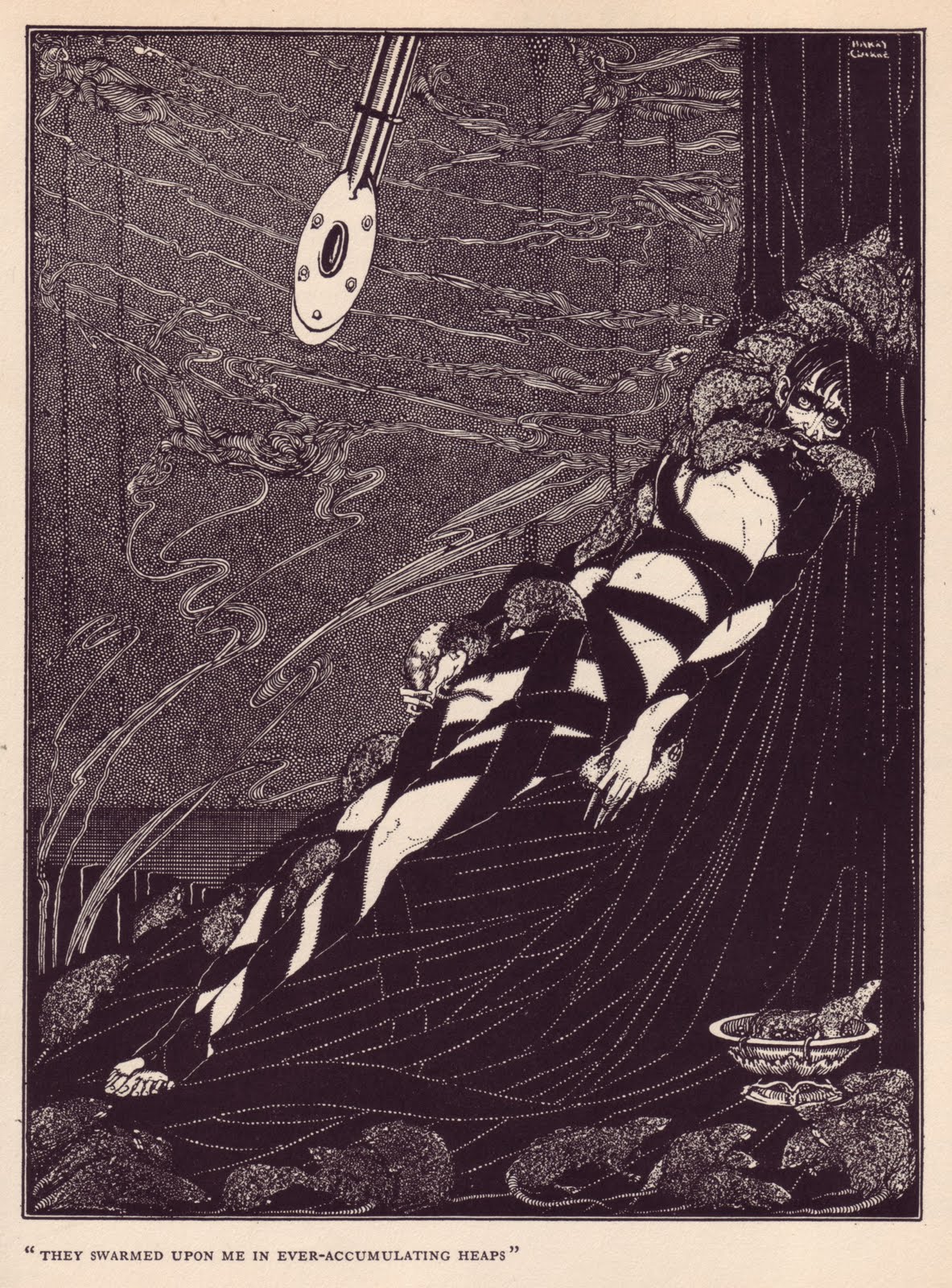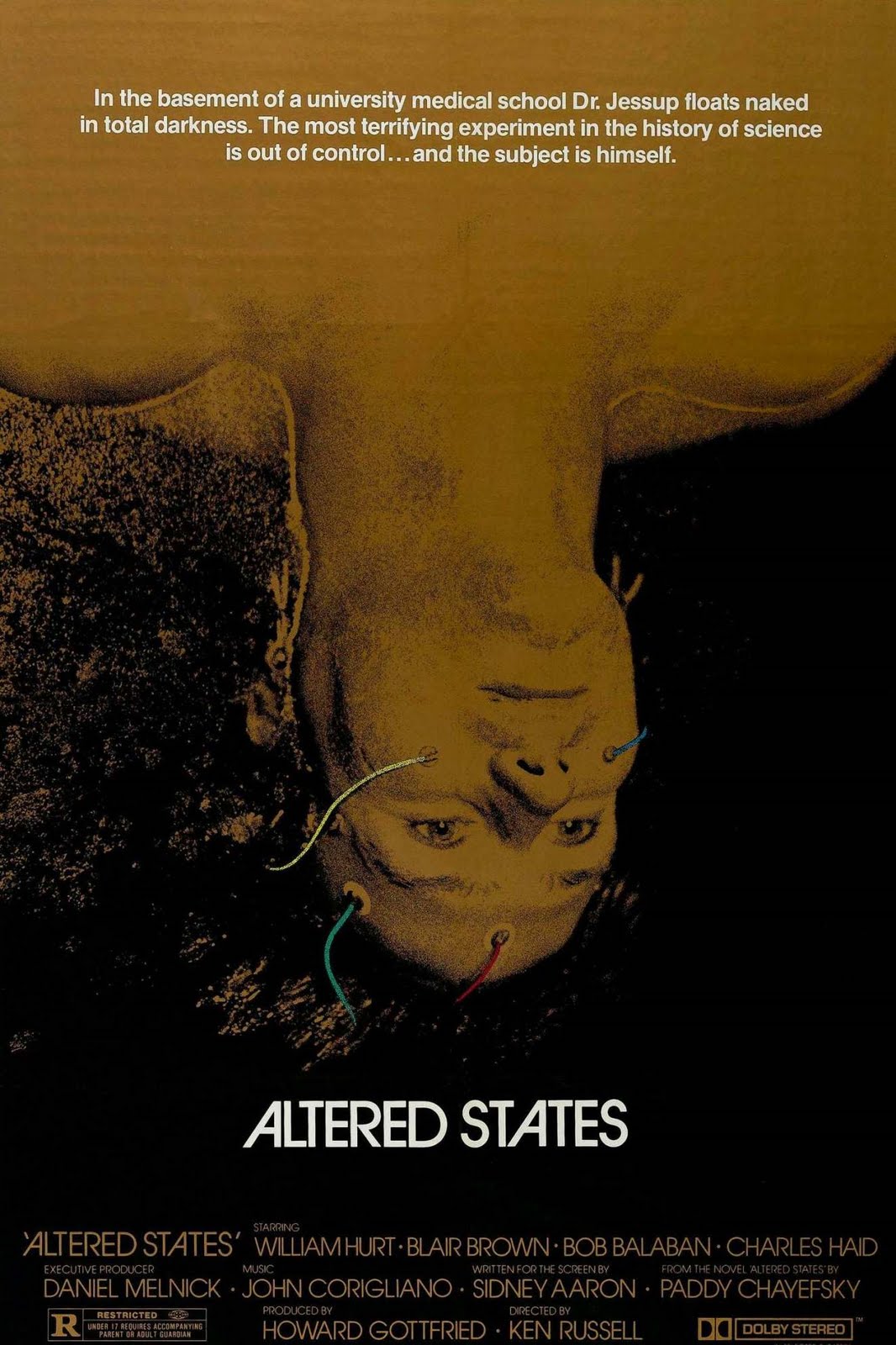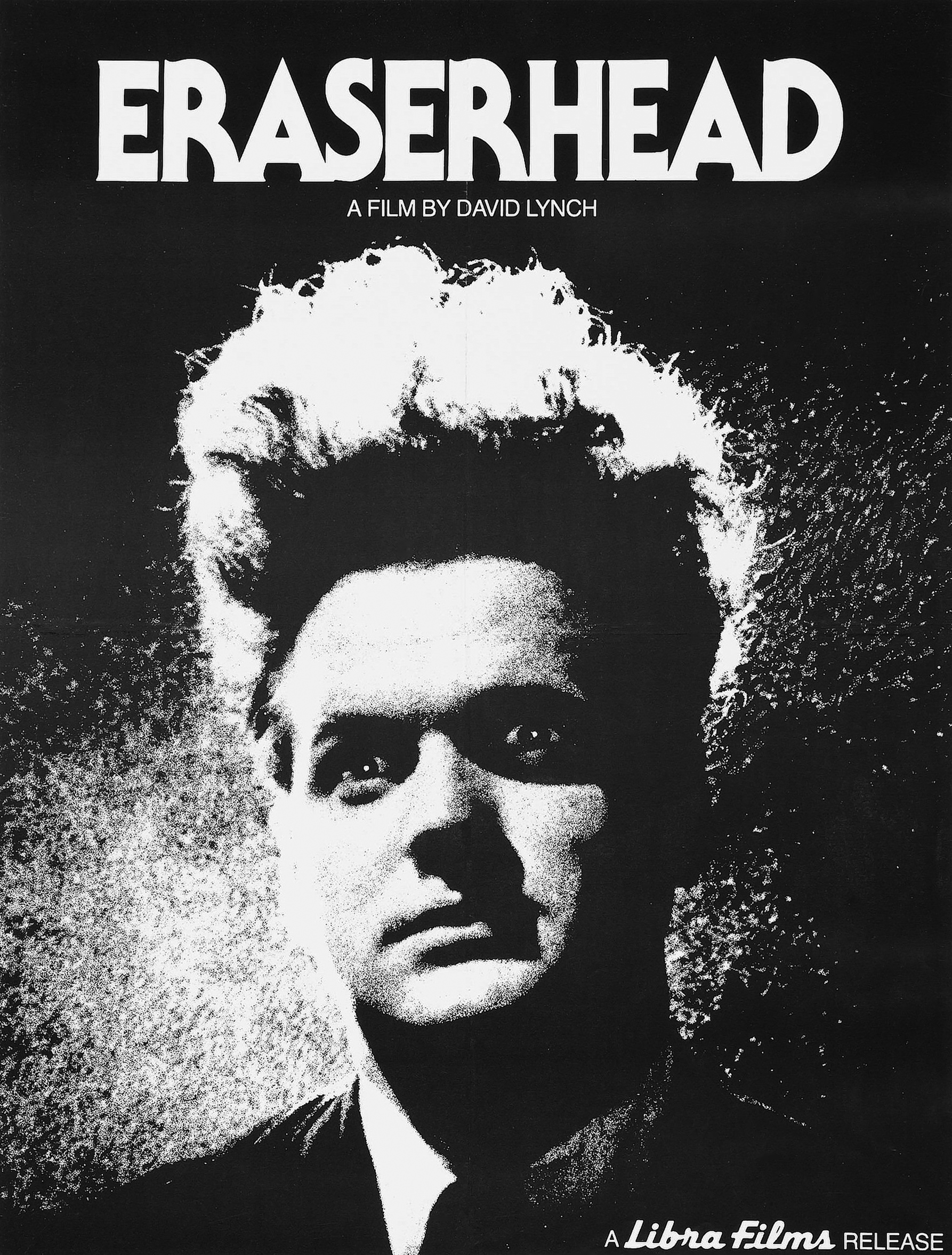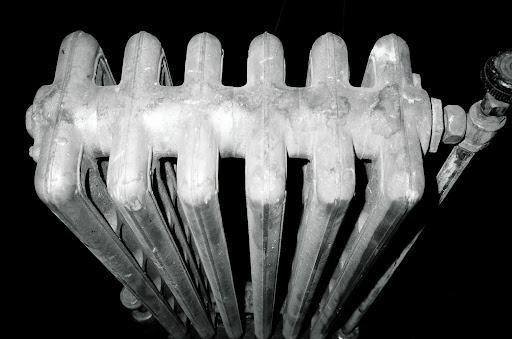The Pendulum, The Pit And Hope (Kyvadlo, jáma a nadeje)
Jan Švankmajer, Czechoslovakia, 1983, 15 min
Adapted from Edgar Allan Poe’s The Pit and the Pendulum

Illustration for Edgar Allan Poe’s story The Pit and the Pendulum by Harry Clarke (1889-1931), first printed in 1919.
***
Autres films de Jan Švankmajer publiés précédemment : The Ossuary (1970) ici et The Fall of the House of Usher (1982) ici.





